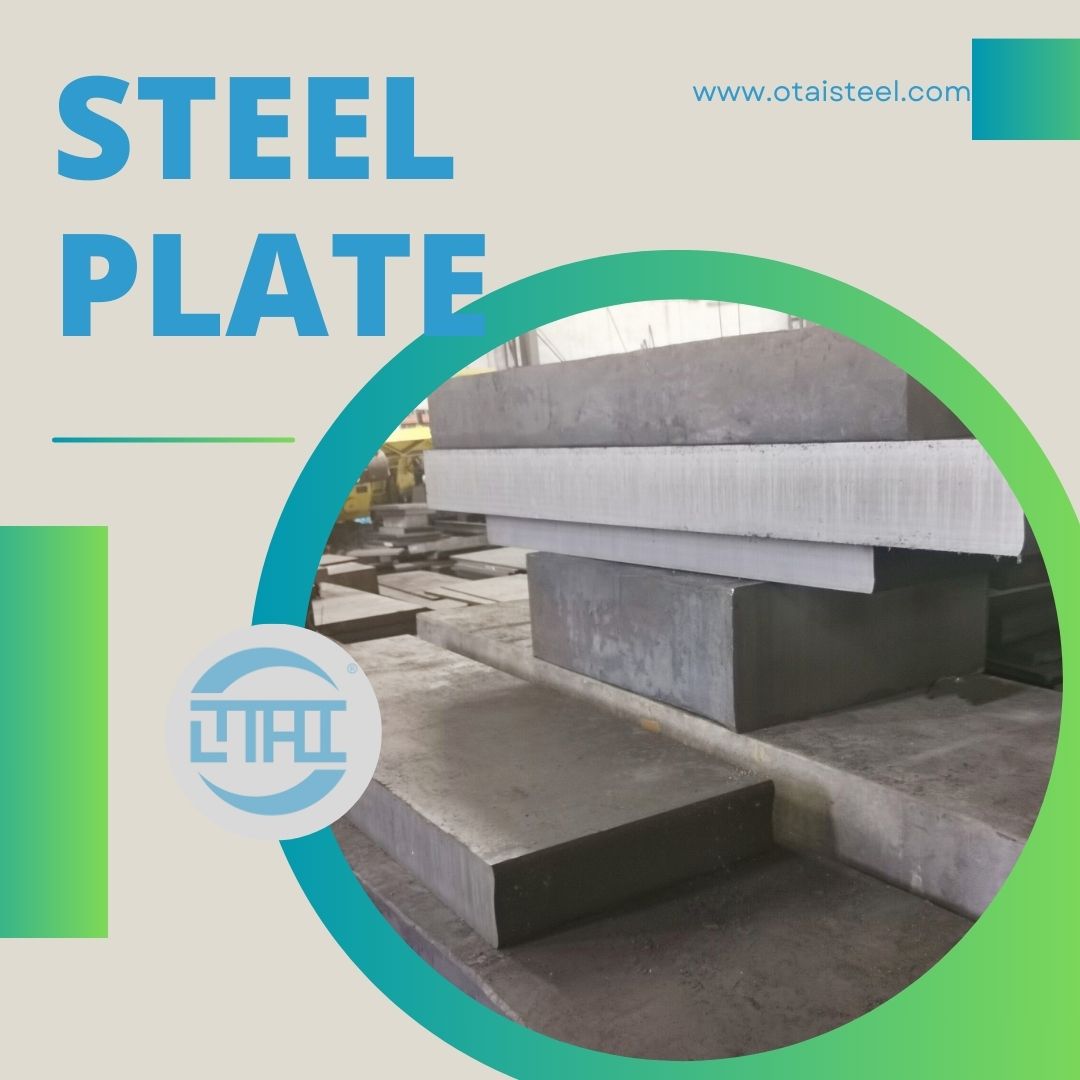 Navigating Excellence with 4340 Steel Distributors
Navigating Excellence with 4340 Steel Distributors
Before delving into the world of distributors, let’s take a moment to appreciate the star of the show – 4340 steel. This alloy, revered for its high tensile strength, toughness, and versatility, finds its place in a myriad of applications. From aerospace components to heavy-duty machinery, 4340 steel is the unsung hero behind many engineering marvels, demanding precision and reliability.
The Distributor’s Dilemma: Beyond Supply and Demand
In the labyrinth of steel distribution, the role of a distributor transcends the mere exchange of goods. It becomes a curator of quality, a conduit of precision, and a guardian of trust. When it comes to 4340 steel plate, distributors play a pivotal role in ensuring that the material reaches its destination with its inherent properties intact. Let’s delve into the qualities that set 4340 steel distributors apart:
1. Expertise in Materials: The intricacies of 4340 steel demand a distributor with an in-depth understanding of metallurgy. A distributor well-versed in the nuances of this alloy can guide clients in selecting the right form and dimensions for their specific applications.
2. Collaboration with Industry Giants: The mark of a reputable distributor lies in its associations. Collaborating with industry giants like OTAI, distributors amplify their credibility. These partnerships not only ensure a steady supply but also underscore a commitment to quality and excellence.
3. Inventory Management: The ability to maintain a robust inventory is a testament to a distributor’s reliability. 4340 steel, in its various forms, requires a distributor with the foresight to anticipate market demands, ensuring that clients have access to the material when they need it.
4. Customization Capabilities: The diverse applications of 4340 steel demand a distributor capable of providing tailored solutions. Whether clients require specific dimensions or unique forms of the alloy, a distributor’s ability to customize orders adds a layer of flexibility and customer-centricity.
Why Choose OTAI as Your 4340 Steel Distributor?
In the crowded landscape of steel distributors, OTAI emerges as a beacon of reliability and expertise. As a leading China supplier of 4340 steel alloy, OTAI’s commitment to precision is evident in every facet of their operations:
- Customization Expertise: Different applications demand different specifications. OTAI’s ability to customize orders according to specific dimensions and forms speaks to their commitment to meeting the unique requirements of each client.
- Industry Collaborations: Working with renowned entities like Uddeholm and Thyssenkrupp, OTAI brings a wealth of industry collaborations to the table. This not only enhances the credibility of the distributor but also ensures a seamless supply chain.
- ISO9001 Certification: OTAI’s adherence to international quality standards is further solidified by its ISO9001 certification. Clients can trust that the material they receive meets stringent quality benchmarks.
Customer Stories: The True Measure of Trust
A distributor’s reliability is best gauged through the experiences of clients. Consider the case of James from Canada, who sought specific specifications for aisi 4340 steel. Facing reluctance from other distributors, James found solace in OTAI. The success of his order placement and satisfaction with the customization options exemplify the trustworthiness of OTAI as a distributor.





